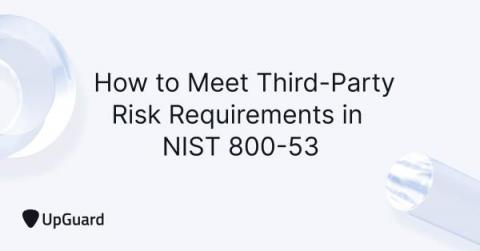Your Guide to the NIST Cybersecurity Framework
To put the impact of cybercrime into perspective, let’s examine some important, and startling, numbers: Data breach costs increased from $3.86 million to $4.24 million in 2021. Every 39 seconds, there is an attack. About 90% of healthcare organizations have fallen victim to at least one breach within the past three years. The bottom line? Cyberattacks are frequent and costly, and COVID-19 has only fueled the fire with more employers adopting a remote work structure.










